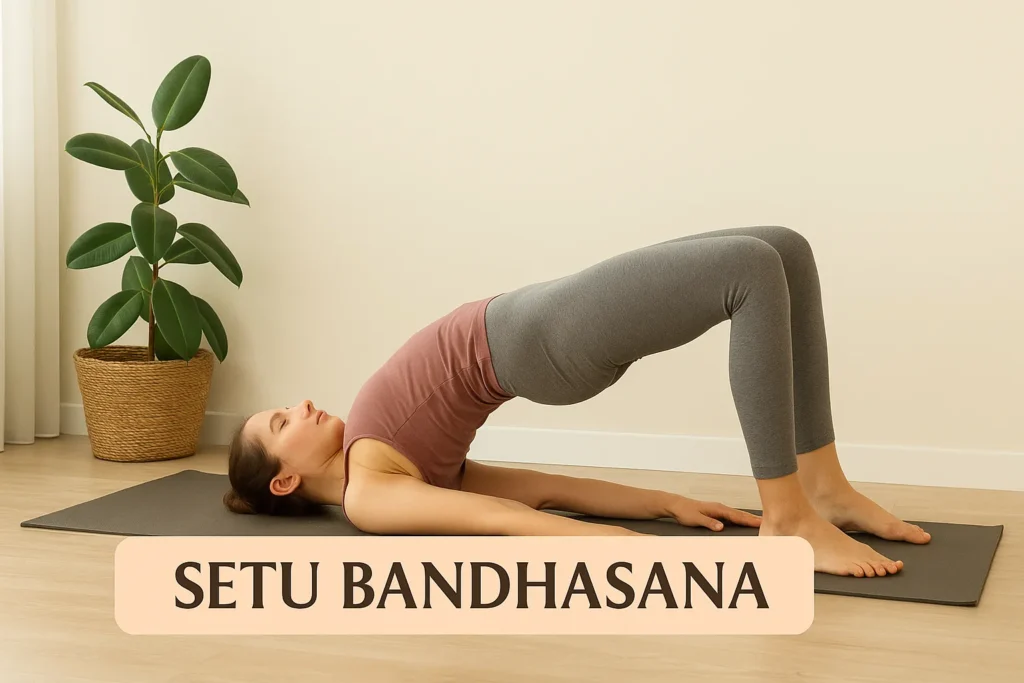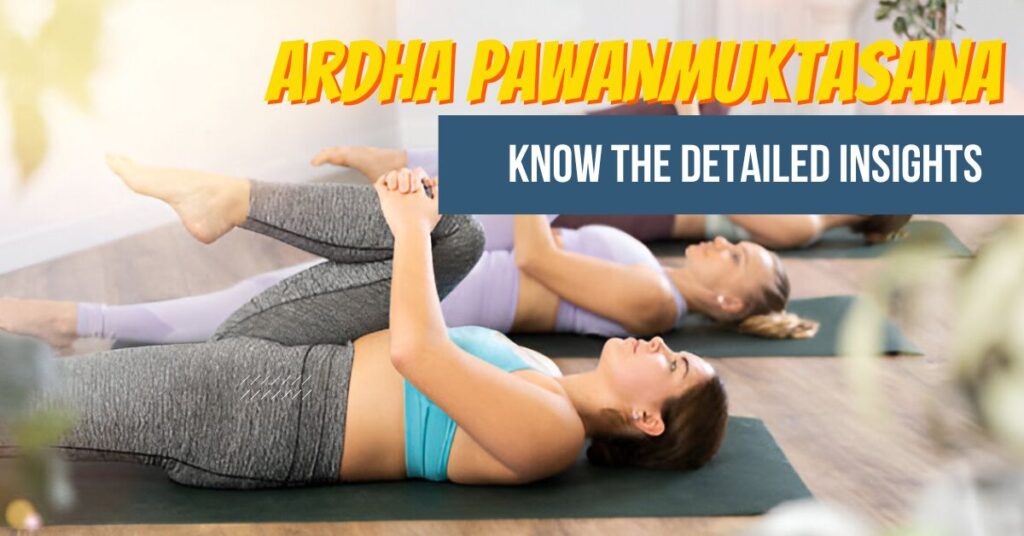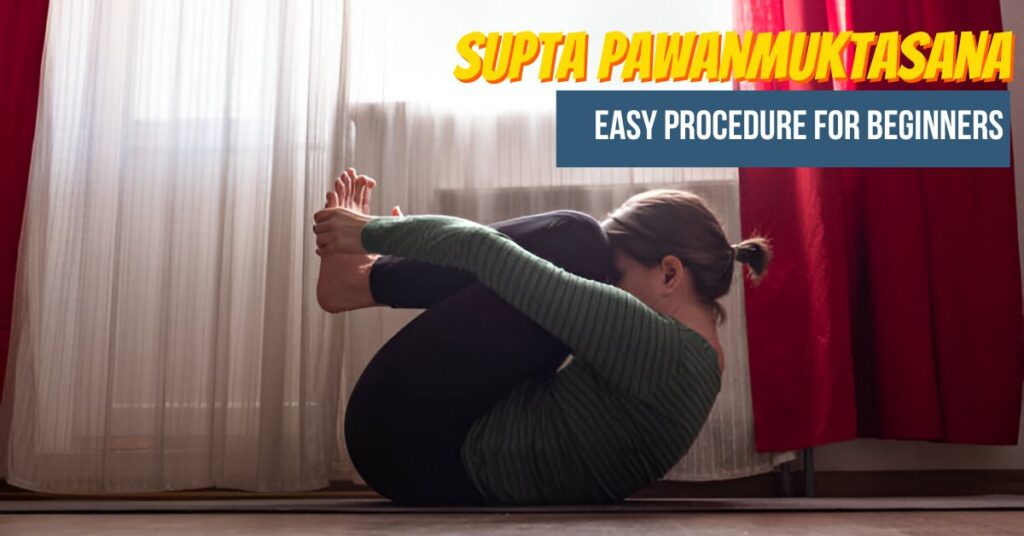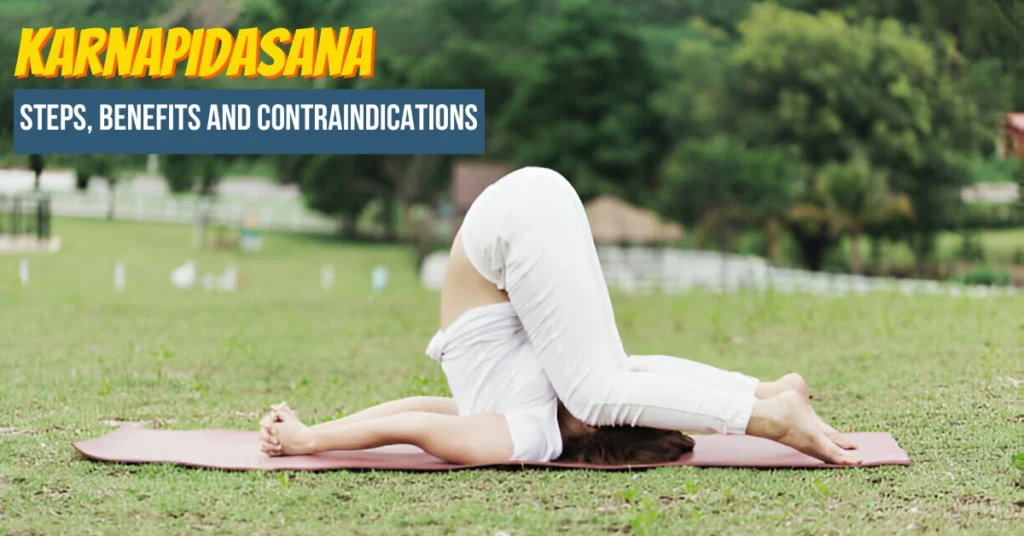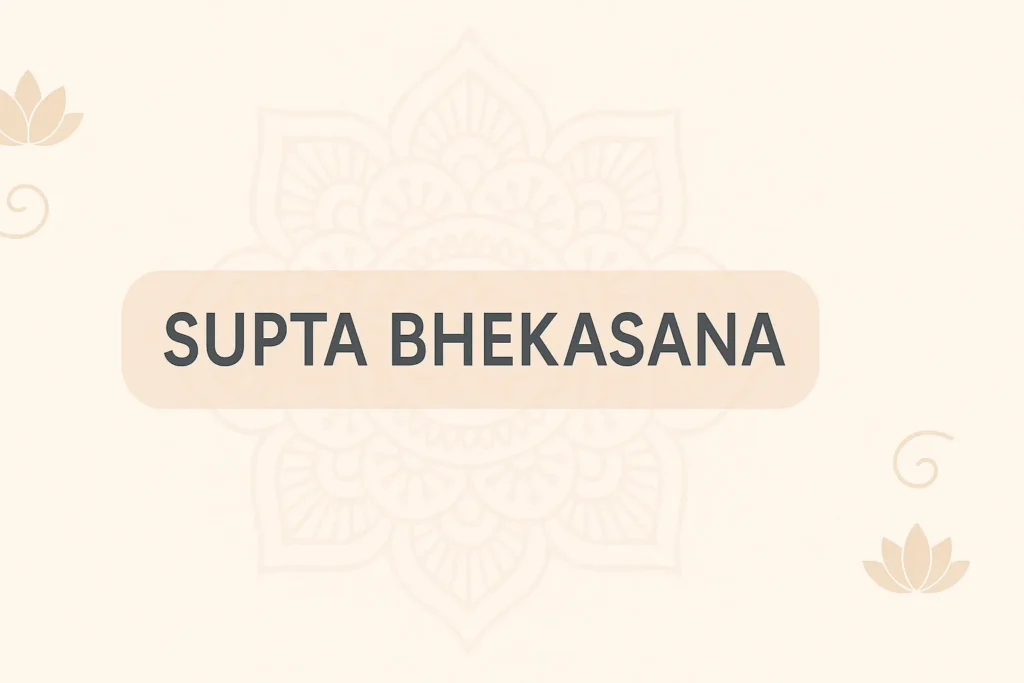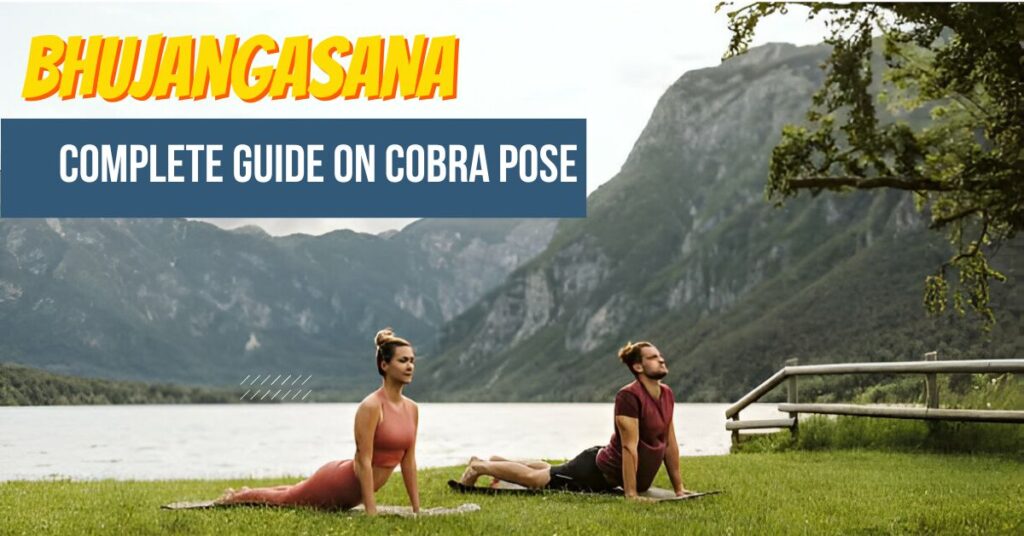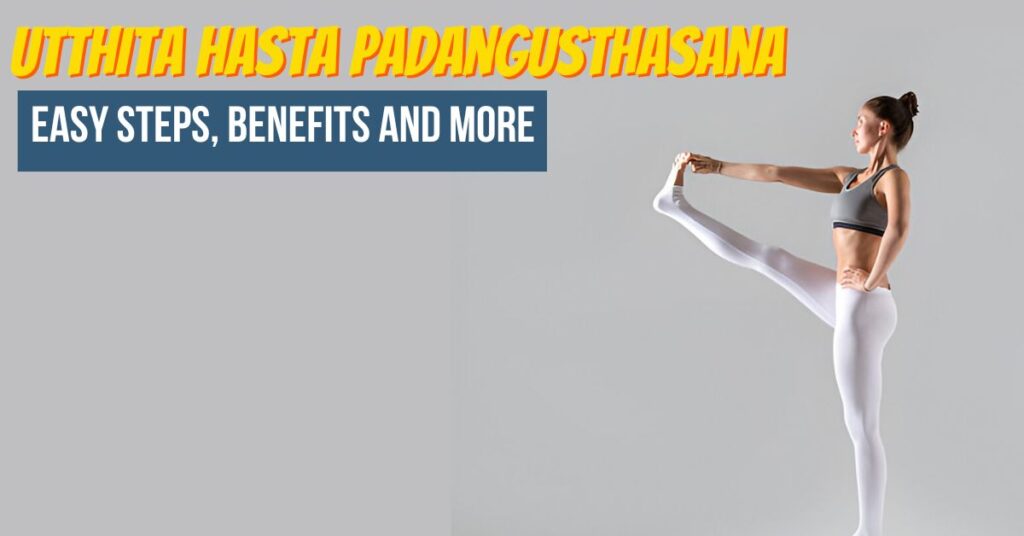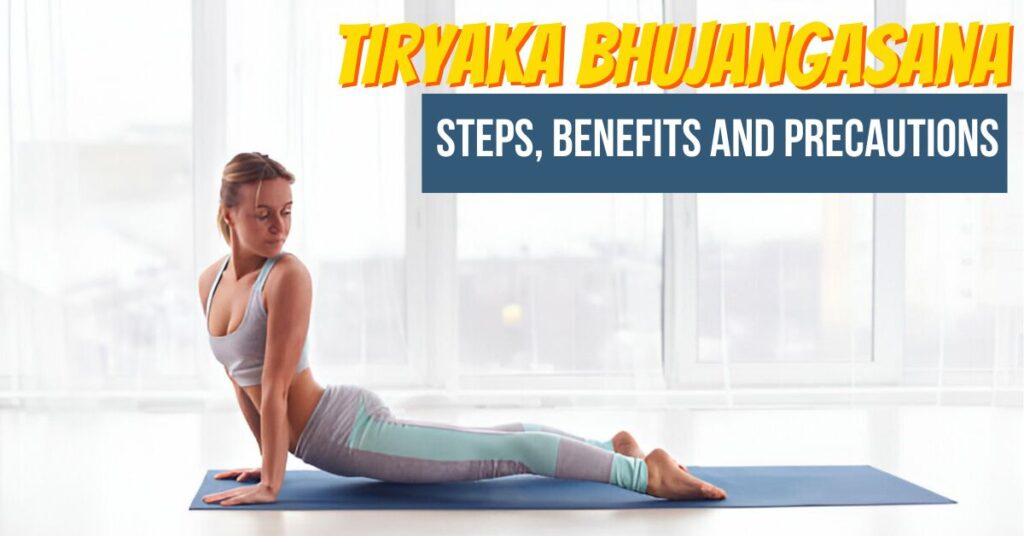If you’re looking for a pose that stretches, strengthens, and soothes at the same time—Setu Bandhasana might become your favorite! Also known as the Bridge Pose, this posture beautifully combines movement and stillness. Whether you’re a beginner or an experienced yogi, understanding the proper procedure of Setu Bandhasana can help unlock a wide range of physical and emotional benefits.
In this blog, we’ll walk through everything you need to know about Setu Bandhasana—from how to do it and its benefits, to precautions, contraindications, and simple variations. Let’s explore this powerful Setu Bandhasana yoga pose together.
What is Setu Bandhasana?
Setu Bandhasana comes from the Sanskrit words “Setu” meaning bridge, “Bandha” meaning lock, and “Asana” meaning posture. Together, Setu Bandhasana yoga is often referred to as the Bridge Pose because your body forms a bridge-like shape when performing it.
This posture helps to open up the chest, stretch the spine, and stimulate the organs. It’s known not just for physical healing, but also for calming the mind. You’ll find Setu Bandhasana frequently used in sequences for back strength and flexibility—much like in Adho Mukha Svanasana where the spine is elongated and active.
Setu Bandhasana Benefits
Practicing this pose regularly offers a wide range of health benefits. Here are some of the key Setu Bandhasana benefits:
- Improves spine flexibility and strengthens back muscles
- Opens up the chest and lungs, enhancing respiratory health
- Stimulates abdominal organs and improves digestion
- Reduces anxiety, stress, and mild depression
- Improves blood circulation and relieves menstrual discomfort
- Strengthens the glutes and legs
- Helps in thyroid stimulation by pressing the throat area
- Acts as a gentle inversion, improving energy flow to the brain
If you’re exploring yoga for emotional balance or hormone regulation, Setu Bandhasana pairs well with Supta Bhekasana, especially in calming evening routines.
How to Do Setu Bandhasana?
Before diving into the pose, make sure you’re practicing in a calm space with a yoga mat. Here’s a step-by-step breakdown of how to do Setu Bandhasana correctly:
Setu Bandhasana Steps:
Want to make the most of this posture? Follow these Setu Bandhasana steps:
- Lie flat on your back with your arms relaxed at your sides and your palms facing down.
- Bend your knees and place your feet flat on the floor, keeping them hip-width apart.
- Ensure your heels are close to your sitting bones.Inhale deeply, press your feet into the floor, and lift your hips upward.
- Roll your shoulders underneath and interlace your fingers below your back for support.
- Keep your thighs parallel and knees aligned. Avoid letting your knees fall outward.
- Maintain the pose for 30 seconds to 1 minute while taking gentle breaths.
- Exhale slowly and release your hands. Lower your hips back to the floor.
Practicing this Setu Bandhasana yoga pose with proper alignment ensures safety and effectiveness.
Setu Bandhasana Variations
Once you’re comfortable with the traditional pose, you can try these Setu Bandhasana variations to deepen your practice:
- With a block under the sacrum: Great for restorative yoga, this variation supports your back and allows longer holds.
- One-leg Bridge Pose: Raise one leg while in Bridge Pose for extra glute and hamstring engagement.
- Supported Bridge with strap: Wrap a yoga strap around your thighs to keep knees aligned.
- Dynamic Bridge: Move in and out of the pose with your breath to improve flexibility and strength.
Each variation offers a new perspective on the pose, giving you more control and customization over your Setu Bandhasana yoga practice.
Setu Bandhasana Contraindications
While this pose offers many benefits, it’s important to know when not to perform it. Below are the contraindications of Setu Bandhasana:
- It’s best to avoid this pose if you have a serious neck or back injury.
- People with shoulder injuries or recent abdominal surgery should also skip it.
- Those with severe migraines, glaucoma, or hernia should consult a doctor before practicing.
- Pregnant women should perform this only under the guidance of a trained instructor.
Understanding these Setu Bandhasana precautions helps you practice safely and avoid injury.
When Should You Practice Setu Bandhasana?
You can perform Setu Bandhasana either in the morning or evening on an empty stomach. It’s especially beneficial after a long day of sitting or working, as it helps release tension from the lower back and hips. For those dealing with knee discomfort or muscular stiffness, pairing it with poses from our Yoga for Knee Pain can offer even more relief.
Final Thoughts
The procedure of Setu Bandhasana with Yogaasan might seem simple, but it’s packed with power. From physical flexibility to emotional relaxation, the benefits of Setu Bandhasana can be felt by anyone who includes it regularly in their yoga routine. Plus, with safe variations and awareness of Setu Bandhasana contraindications, you can enjoy this pose in a way that fits your body’s needs.
Whether you’re practicing it to reduce stress, improve posture, or energize your spine—Setu Bandhasana bridge pose is a gem in any yoga flow. Add it to your daily routine and feel the difference it makes!
